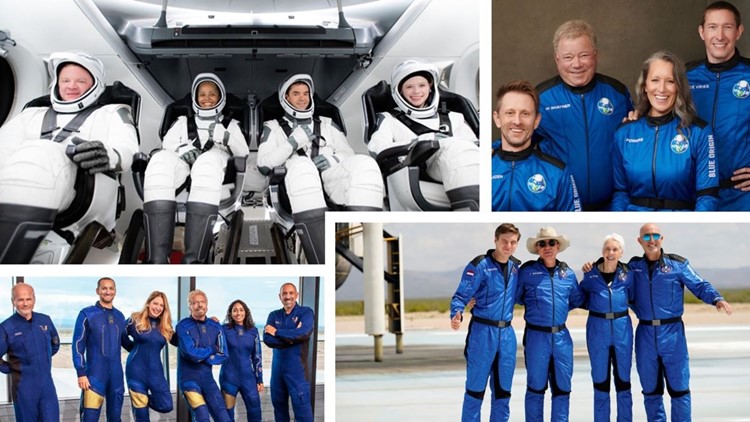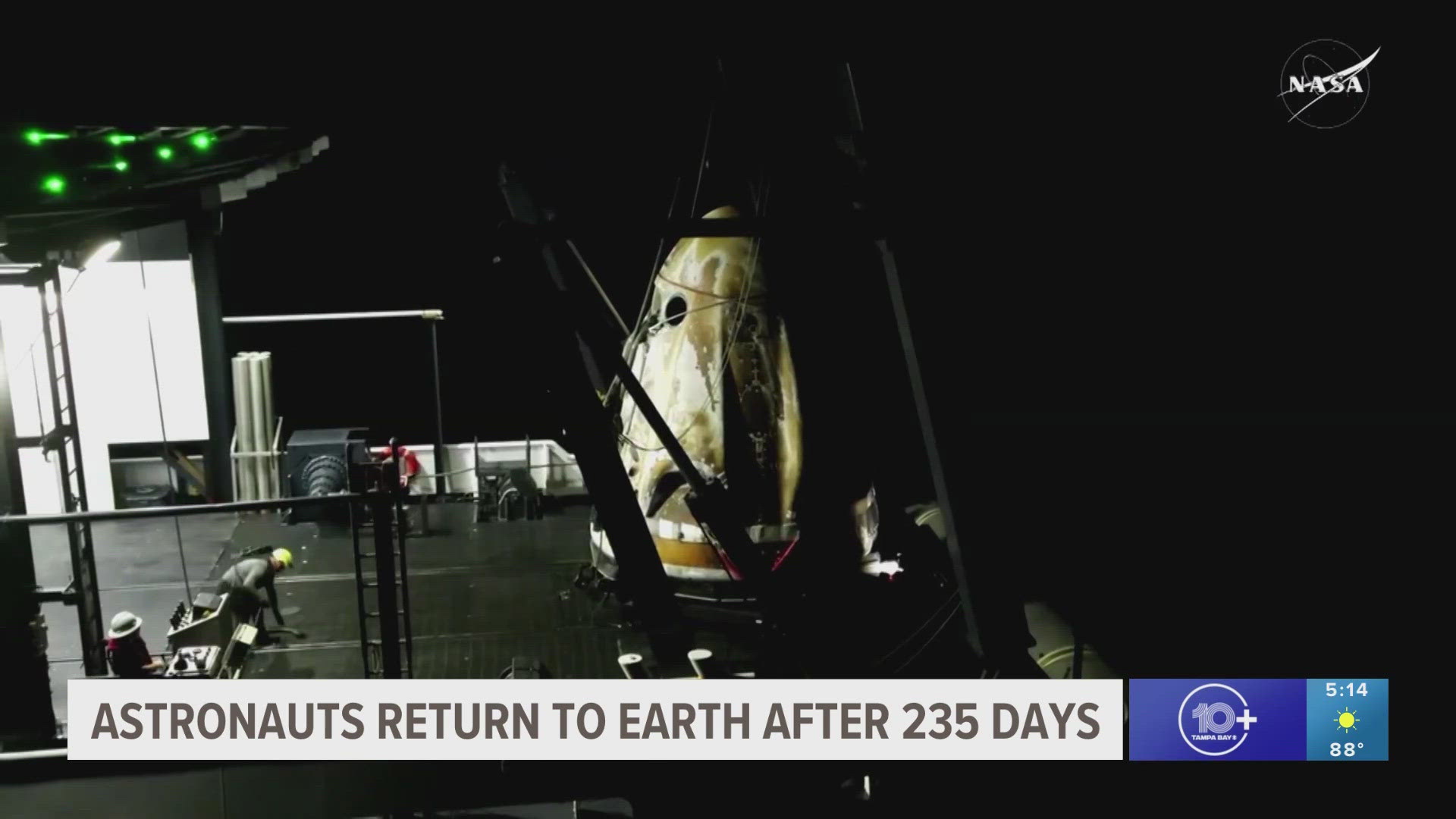CAPE CANAVERAL, Fla. — After much debate, the Federal Aviation Administration has spoken: Billionaires Jeff Bezos, Sir Richard Branson and their respective crews have all received astronaut wings.
So, too has the four-person Inspritation4 crew, but there was not much concern.
The all-civilian crew embarked on a multi-day journey to orbit Earth as opposed to the several-minute sight-seeing suborbital trips the Blue Origin and Virgin Galatic teams took this summer.
The recent FAA Commercial Space Astronaut Wings designation now brings the total number of humans to exceed 50 statute miles above the surface of the Earth to 24.
Outside of the NS-19 crew, including former NFL star Michael Strahan and the daughter of space pioneer Alan Shepard, that number will not likely get much larger.
After 17 years, the FAA has decided it's time for the program to come to an end. Why? The birth of the commercial space tourism era.
Come 2022, the FAA will start recognizing those who reach the 50 status miles above Earth marker with a mention on its website.
“The U.S. commercial human spaceflight industry has come a long way from conducting test flights to launching paying customers into space,” FAA Associate Administrator Wayne Monteith said. “The Astronaut Wings program, created in 2004, served its original purpose to bring additional attention to this exciting endeavor. Now it’s time to offer recognition to a larger group of adventurers daring to go to space.”
The FAA predicts the number of people launching to space will "increase dramatically" in the coming years. Three space companies are currently licensed by the FAA to fly civilians into space.



